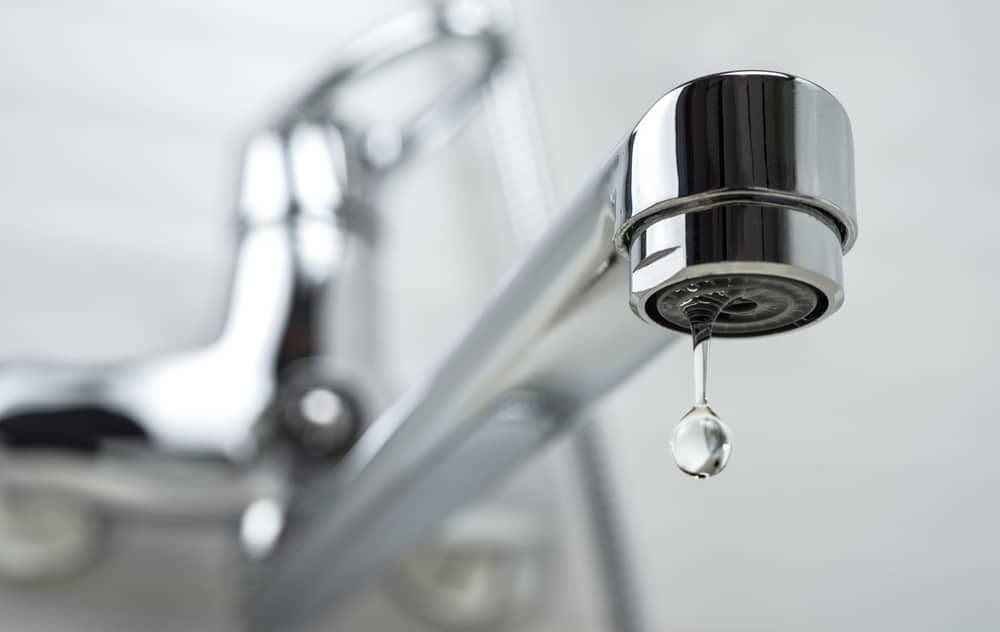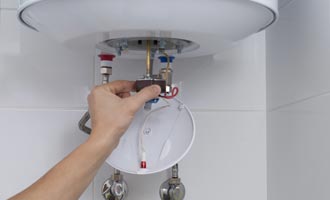Practical Remedies for Managing Low Water Pressure in Your Home
Practical Remedies for Managing Low Water Pressure in Your Home
Blog Article
Nearly everybody is bound to have their personal rationale with regards to Low Water Pressure in the House?.

Low water pressure in your home can be a discouraging trouble, impacting everything from bathing to washing meals. If you're experiencing weak water flow, there are several feasible reasons and solutions to discover. In this guide, we'll discuss typical factors for low water stress and sensible steps to attend to the problem properly.
Introduction to Low Tide Stress
Low water stress takes place when the flow of water from your faucets, showers, and various other components is weak than typical. This can make day-to-day jobs a lot more difficult and much less reliable. Comprehending the causes of low tide stress is important to discovering the ideal option.
Typical Root Causes Of Low Water Stress
Pipe Obstructions
In time, pipelines can end up being blocked with natural resource, sediment, or particles, restricting the flow of water. This is a common issue in older homes with galvanized steel pipelines.
Corrosion
Rust within pipelines can lead to leaks and decreased water stress. Corrosion buildup can tighten water circulation, specifically in maturing plumbing systems.
Faulty Stress Regulators
Stress regulatory authorities are in charge of maintaining consistent water pressure in your home. If they malfunction, it can cause low tide pressure or unequal flow throughout your home.
Municipal Supply Of Water Issues
Occasionally, the trouble exists outside your home. Local water supply concerns, such as main line leaks or upkeep work, can momentarily decrease water stress in your area.
Just How to Detect Low Water Pressure
Inspecting Faucets and Components
Begin by examining the water stress at different taps and fixtures throughout your home. If the concern is isolated to specific areas, it may show localized issues.
Examining Pipes
Evaluate noticeable pipelines for signs of leaks, deterioration, or obstructions. Pay attention to any type of unusual sounds, such as knocking or rattling pipelines, which could suggest concerns within the plumbing system.
Consulting with a Plumber
If you're incapable to identify the root cause of low water pressure, consider hiring a professional plumber to conduct a detailed evaluation. They can identify underlying concerns and suggest suitable services.
Do It Yourself Solutions to Repair Low Water Pressure
Cleansing Aerators and Showerheads
Mineral deposits can accumulate in aerators and showerheads, lowering water flow. Get rid of and clean these elements on a regular basis to improve water pressure.
Flushing Water Heater
Sediment buildup in the water heater can restrict circulation and reduce effectiveness. Flushing the tank regularly assists get rid of debris and keep optimal efficiency.
Checking Stress Regulatory Authority
Make certain that the stress regulator is working correctly. Readjusting or replacing the regulatory authority can assist bring back proper water pressure throughout your home.
Clearing Clogs in Piping
For minor clogs, try making use of a plumbing snake or chemical drain cleaner to clear blockages in pipelines. Be cautious when using chemicals and follow security guidelines.
When to Call an Expert Plumber
If DIY initiatives fail to settle the problem or if you believe considerable plumbing problems, it's finest to seek aid from a qualified plumber. They have the experience and tools to attend to complicated problems securely and effectively.
Preventive Measures to Preserve Water Pressure
Regular Upkeep
Schedule regular maintenance for your plumbing system to stop concerns such as rust, leakages, and obstructions. Attending to small issues early can aid prevent even more significant repairs later on.
Setting Up a Pressure Booster
Think about installing a stress booster pump to improve water pressure in locations with consistently low circulation. This can be specifically valuable for multi-story homes or residential or commercial properties with high-demand fixtures.
Tracking Water Use
Bear in mind water use practices and stay clear of ill-using the plumbing system. Easy adjustments, such as astonishing showers and laundry loads, can aid maintain sufficient water stress.
Verdict
Dealing with low tide stress can be frustrating, yet identifying the underlying reasons and applying appropriate solutions can restore ideal circulation throughout your home. Whether it's cleaning aerators, checking pipes, or speaking with a plumber, taking proactive actions can guarantee a stable supply of water for your daily requirements.
FOUR WAYS TO FIX LOW WATER PRESSURE NOW
Turning on a shower or faucet only to find the water comes out in a sad, slow drizzle is never a good feeling. How exactly are you supposed to wash a pan or take a quick shower when it takes 10 minutes just to rinse off a little soap? The good news is that when your water pressure is bad, there's always a cause: typically one that can be easily fixed. Here are some of the most common causes of low pressure and what you can do to fix the issue:
DEBRIS AND MINERAL DEPOSIT BUILDUPS
If you notice low water pressure from just one or two of the fixtures in your house, the problem likely has to do with debris buildup. Water is full of minerals and other debris, all of which can accumulate in your pipes and on your fixtures. This can cause a blockage that affects how much water flows through. To fix this, try filling a small plastic bag with white vinegar, and use a rubber band to hang it around your showerhead or faucet. Let the head of the fixture soak for a few hours, and the vinegar should loosen the deposits.
WATER LEAKS
Leaks are another common cause of low water pressure. If water is flowing out of your plumbing through a hole or crack before it can reach your fixture, the pressure coming out of the faucet or showerhead will be lower. A plumbing professional is your best bet for finding and repairing a leak in your water supply pipes.
Leaks are another common cause of low water pressure. If water is flowing out of your plumbing through a hole or crack before it can reach your fixture, the pressure coming out of the faucet or showerhead will be lower. A plumbing professional is your best bet for finding and repairing a leak in your water supply pipes.
FOUR WAYS TO FIX LOW WATER PRESSURE NOW
Turning on a shower or faucet only to find the water comes out in a sad, slow drizzle is never a good feeling. How exactly are you supposed to wash a pan or take a quick shower when it takes 10 minutes just to rinse off a little soap? The good news is that when your water pressure is bad, there's always a cause: typically one that can be easily fixed. Here are some of the most common causes of low pressure and what you can do to fix the issue:
DEBRIS AND MINERAL DEPOSIT BUILDUPS
If you notice low water pressure from just one or two of the fixtures in your house, the problem likely has to do with debris buildup. Water is full of minerals and other debris, all of which can accumulate in your pipes and on your fixtures. This can cause a blockage that affects how much water flows through. To fix this, try filling a small plastic bag with white vinegar, and use a rubber band to hang it around your showerhead or faucet. Let the head of the fixture soak for a few hours, and the vinegar should loosen the deposits.
WATER LEAKS
Leaks are another common cause of low water pressure. If water is flowing out of your plumbing through a hole or crack before it can reach your fixture, the pressure coming out of the faucet or showerhead will be lower. A plumbing professional is your best bet for finding and repairing a leak in your water supply pipes.
Leaks are another common cause of low water pressure. If water is flowing out of your plumbing through a hole or crack before it can reach your fixture, the pressure coming out of the faucet or showerhead will be lower. A plumbing professional is your best bet for finding and repairing a leak in your water supply pipes.
A VALVE ISSUE
If you have low water pressure throughout your home, check your main shut-off valve to make sure it's completely open. You may also want to see if there's a pressure-reducing valve installed. If there is, have a plumber help you adjust the settings to get the pressure you're looking for.
OTHERS USING WATER
Believe it or not, your low water pressure could be caused by your neighbors. If you notice low pressure at certain times of day, it may be because you and the people living next to you have similar schedules - when everyone is showering at the same time, the pressure will be lower in every home. Low pressure throughout the neighborhood may also be caused by an issue with your municipal water supply. If that's the case, call the supplier to see if they're working on the issue.
https://www.rotorooter.com/blog/water-leaking/low-water-pressure-fixes/

Hopefully you enjoyed reading our part about 10 Reasons for Low Water Pressure in Your House. Thanks a ton for taking the time to read our post. For those who enjoyed our blog posting kindly make sure you remember to share it. I praise you for your time. Please check up our blog back soon.
Click Here Report this page